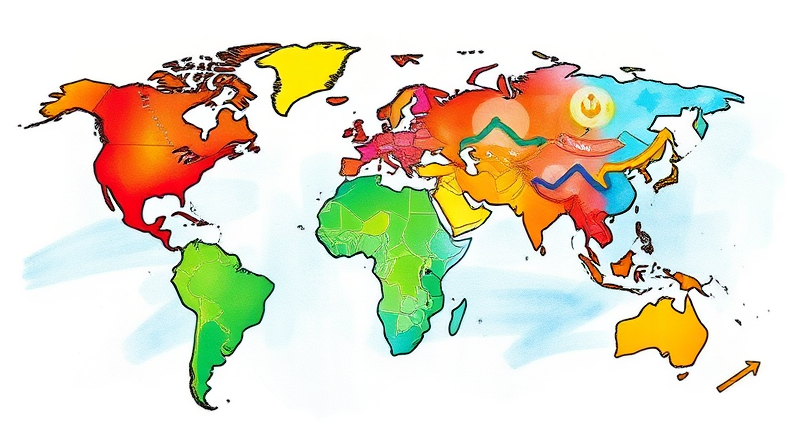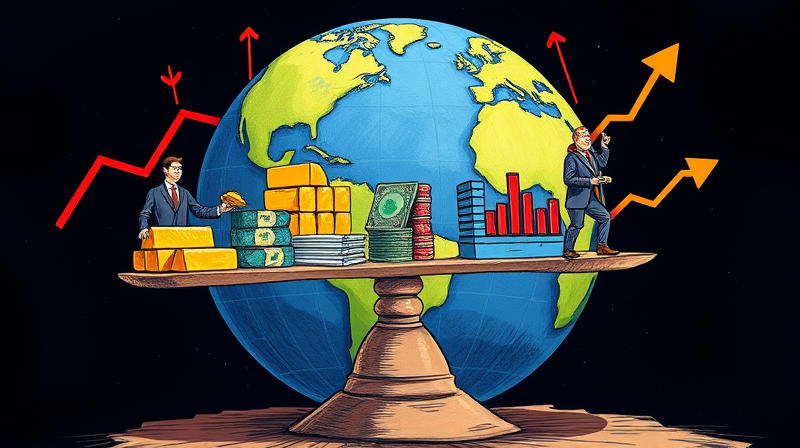In the rapidly evolving landscape of finance, digital payments are no longer a convenience—they are the driving force behind economic transformation worldwide. From small merchants in rural markets to global corporations, the ability to move money instantly, securely, and seamlessly has become a competitive necessity.
As we peer into the years ahead, innovative technologies, shifting consumer behaviors, and new regulatory frameworks are converging to create a dynamic ecosystem. This article explores the core trends that will define the future of digital payments and offers practical guidance for individuals and organizations ready to embrace the change.
Core Technology Trends
Heading into 2025, several foundational technologies are redefining payment landscapes. Leaders and innovators must understand and adopt these forces driving change.
- Artificial Intelligence and Machine Learning: Generative AI is boosting fraud protection rates by up to 300%.
- Blockchain and Distributed Ledger Technology: Secure, transparent B2B settlements and efficient record-keeping.
- Real-Time Payments: Instant processing, 24/7 transaction availability for end users.
- Digital Wallets and Mobile Payments: Ubiquitous tools powering in-store and online purchases.
Artificial intelligence and machine learning are at the forefront of fraud prevention. Advanced algorithms analyze spending patterns, detect anomalies, and block threats in real time through automated risk assessment and response.
Blockchain and distributed ledger technology promise immutable transaction records and reduced reconciliation times. By leveraging smart contracts, businesses can eliminate intermediaries and settle B2B payments with unprecedented security and transparency.
24/7 transaction processing and settlement are now a reality through standards like ISO 20022, The Clearing House’s RTP Network, and the Federal Reserve’s FedNow service. This shift brings operational efficiency and instant gratification to both merchants and consumers.
Meanwhile, digital wallets such as Apple Pay and Google Pay continue to reshape point-of-sale interactions. As physical wallets recede, mobile devices and wearables become the primary interfaces for seamless transactions.
Emerging Payment Innovations
The payment landscape is also witnessing novel approaches that blend finance with everyday experiences. From embedded finance to voice commands, these innovations unlock new possibilities for consumers and businesses alike.
- Embedded finance integrating services directly
- Contactless and One-Click Payments reducing friction
- Open Banking and Pay-by-Bank simplifying transfers
- Buy Now, Pay Later diversifying options
- Voice-Activated Payments for hands-free transactions
- Cryptocurrencies and Central Bank Digital Currencies
Embedded finance allows retailers, apps, and platforms to process payments without redirecting users—an invisible yet powerful integration that enhances loyalty and conversion rates.
The rise of contactless and one-click transactions brings checkout times down dramatically. By cutting multi-step processes to a single tap, merchants can witness cart abandonment rates plummet exponentially.
Open banking reforms and pay-by-bank services offer cost-effective alternatives, driving adoption among tech-savvy consumers eager to avoid credit card interest.
Meanwhile, BNPL solutions, voice-enabled checkouts, and the emergence of CBDCs signal a future where financial tools are woven into every facet of daily life.
Consumer Behavior and Market Shifts
Underpinning these technological advances are consumers whose expectations evolve just as quickly. Understanding these shifts is critical for any organization aiming to stay relevant.
- Demand for frictionless, integrated experiences
- Preference for instant access to earnings
- Shift away from physical wallets and checks
Customers now expect seamless, secure experiences that customers demand across devices and touchpoints. Whether sending funds to family abroad or buying groceries on mobile, users anticipate immediacy and transparency.
Younger demographics are particularly drawn to digital-only options, viewing paper checks and physical wallets as relics of the past. For them, real-time financial control is not a luxury—it is the standard.
This shift also challenges businesses to address trust barriers by prioritizing accessibility, simplicity, and data privacy in every transaction.
Business Implications and Strategies
For enterprises large and small, the path forward requires strategic investment in technology, process reengineering, and collaboration with fintech partners. Those who act decisively will unlock new revenue streams and operational efficiencies.
Embrace robust biometric authentication and tokenization to replace legacy passwords and one-time codes, elevating both security and user convenience.
Leverage payment modernization frameworks to align operational models, regulatory compliance, and customer experience within a unified vision. By doing so, organizations can scale seamlessly and respond swiftly to market demands.
Interoperability across payment rails and platforms is another key pillar. Collaborating with industry consortia and standardization bodies ensures that your systems can communicate effortlessly with domestic and international networks.
Finally, cultivating a culture of continuous learning—where teams stay ahead of emerging threats and opportunities—will set forward-thinking companies apart in the competitive landscape.
Conclusion
The future of digital payments is an open horizon marked by innovation, inclusion, and intelligence. From AI-powered fraud defenses to blockchain-enabled transparency, every advancement brings us closer to a world of global frictionless commerce without borders.
Whether you are a startup exploring embedded finance or a legacy bank modernizing core systems, the time to act is now. Embrace these trends, invest in people and technology, and craft payment experiences that delight customers at every turn.
Together, we can build a financial ecosystem that is faster, safer, and more accessible than ever before—rewriting the story of money for generations to come.
References
- https://www.mastercard.com/news/perspectives/2024/10-top-payments-trends-for-2025-and-beyond/
- https://risk.lexisnexis.com/insights-resources/infographic/payments-trends
- https://www.pwc.com/sg/en/financial-services/fintech/payments-2025-and-beyond.html
- https://bankingjournal.aba.com/2025/03/six-payments-trends-driving-the-future-of-transactions/
- https://thepaymentsassociation.org/article/the-future-of-payments-key-trends-that-will-shape-2025/
- https://staxpayments.com/blog/the-future-of-payments/
- https://www.echohealthinc.com/blog/the-future-of-payments-in-2025-modernization-in-the-us
- https://www.itmagination.com/blog/the-future-of-payments-opportunities-trends-and-case-studies-from-jpmc-barclays-visa










